Rudawy Janowickie
7.78
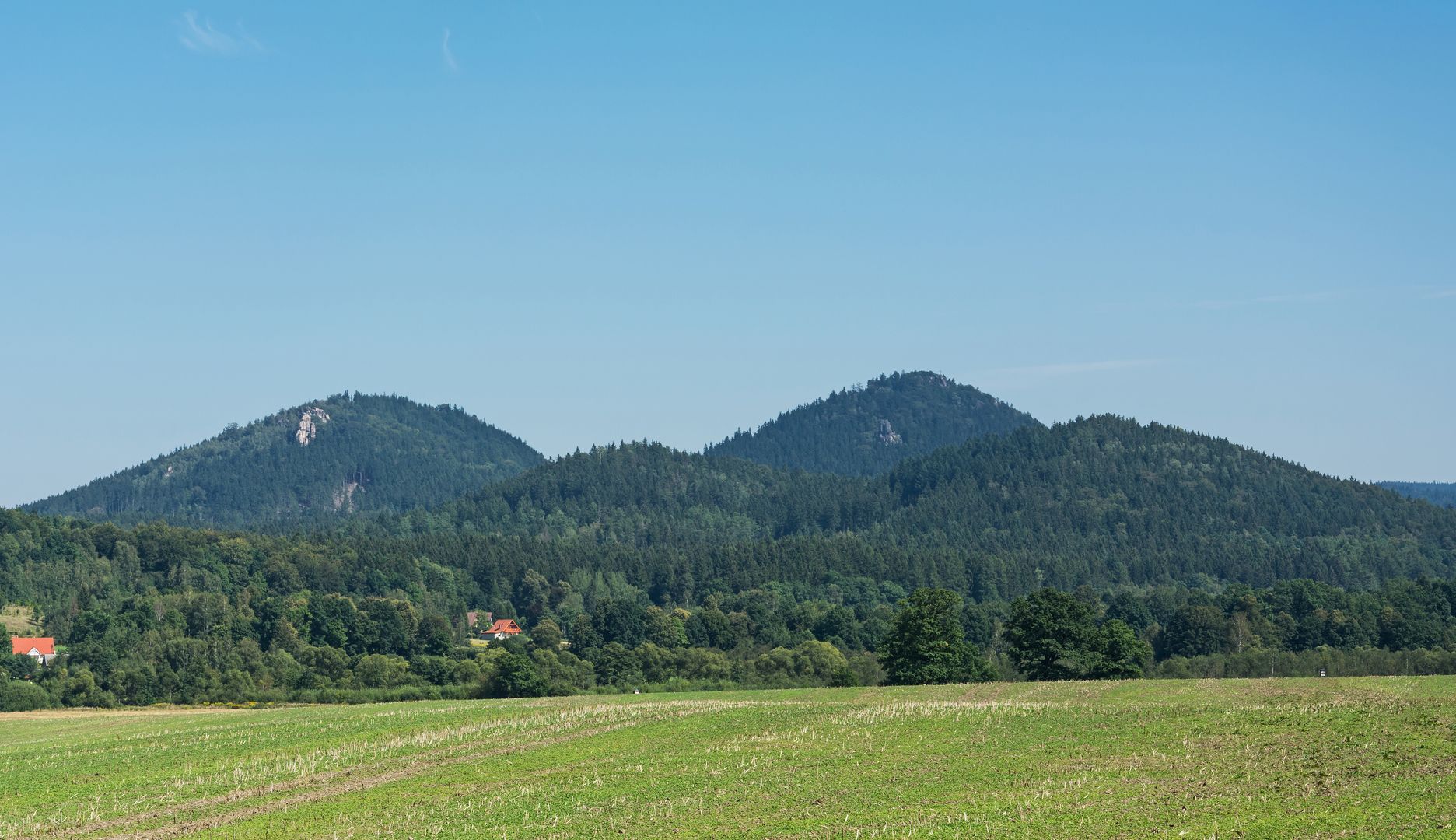
Overview
The Rudawy Janowickie, a mountain range in the eastern part of the Western Sudetes, are known for their diverse terrain, which rises from the border of the Jelenia Góra Basin to the Kamienna Góra Basin. The highest peak is Ostra Mała (945 meters above sea level), and the region is characterized by numerous ridges, including the Sokolie Góry and the Wzgórza Karpnickie. The area is rich in granite rocks, amphibolites, and conglomerates, making it an attractive destination for tourists and climbers. The region also features interesting castle ruins, such as Bolczów Castle, as well as the Szwajcarka mountain hut.
The Rudawy Janowickie are also a significant nature conservation area, forming part of the Rudawski Landscape Park. Thanks to its rich landscape and unique rock formations, such as the colorful lakes formed after pyrite mining, the region attracts many visitors. The area is also known for its active mining history, which for centuries exploited mineral resources, leaving behind quarries and spoil tips.
Nearby towns include Kowary, Janowice Wielkie, Pisarzowice, and Karpniki, whose histories date back to the Middle Ages. After World War II, the Rudawy Janowickie were known as the Łomnickie Mountains, highlighting their historical significance. The region was also a site for iron and copper ore mining, and after 1945, uranium mining. Over the years, a significant number of various metamorphic and igneous rocks have been discovered here, contributing to the development of Sudeten geology.
Not only the nature but also the culture of the mountain settlements is attractive to visitors, offering a variety of hiking trails and the opportunity to earn the Korona Rudaw Janowickich badge by summiting ten peaks of the range. The region also stands out for its rich fauna and flora, making it interesting for both nature and history enthusiasts. All of this makes the Rudawy Janowickie a fascinating place to explore not only natural beauty but also rich history and culture.
Location
You can also find here:
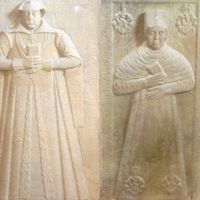
Church of the Immaculate Conception of the Blessed Virgin Mary in Raszów
7.19

Bolczów Castle
7.04
Janowice Wielkie
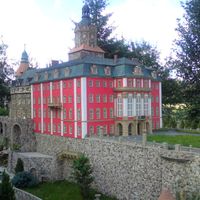
Kowary
6.96
Karpacz Deanery
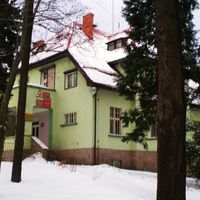
Janowice Wielkie
6.91
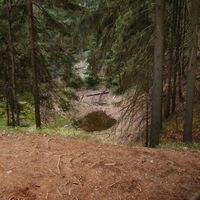
Colorful Lakes
6.85
Kamienna Góra East Deanery

PTTK "Szwajcarka" Shelter
6.78
Karpacz Deanery
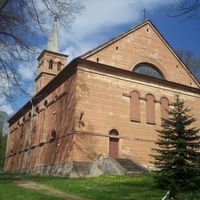
Marciszów
6.58
Kamienna Góra East Deanery

Assumption of the Blessed Virgin Mary Parish in Pisarzowice
6.53
Deanery Kamienna Góra West

Mysłakowice
6.5

"Czartak" Shelter
6.46
Deanery Kamienna Góra West
2025 Wizytor | All Rights Reserved